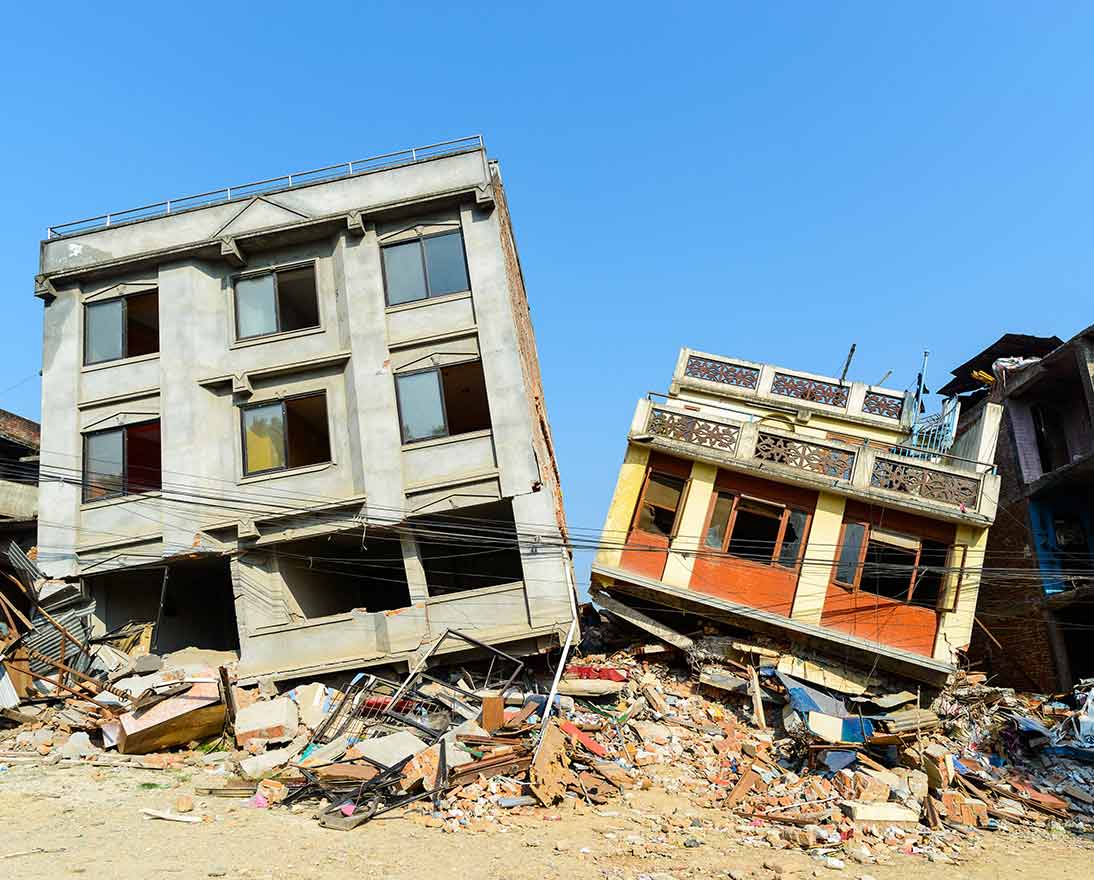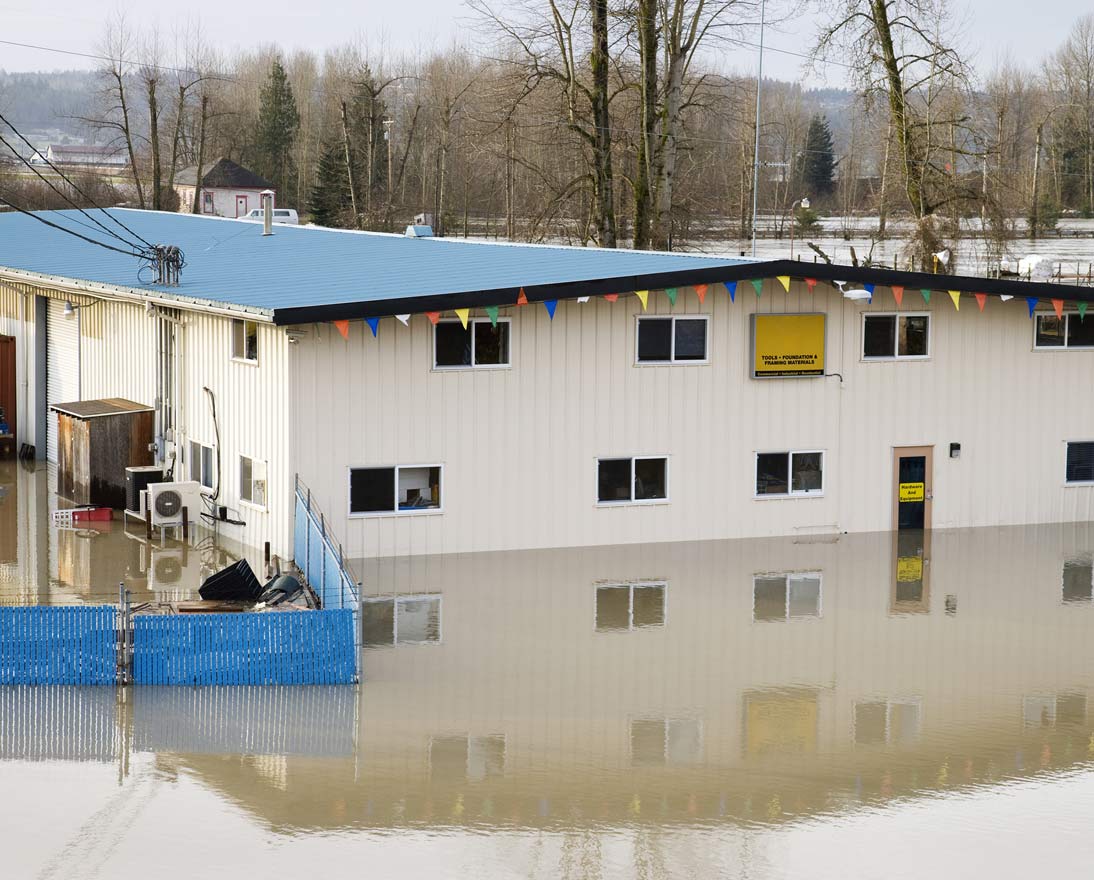Holding Steady: Coats strengthens resilience in quake-prone Turkey
Natural hazardsArticleOctober 15, 20204 min read
A history of seismic activity in the region prompted a multinational to take a close look at its earthquake resilience. Zurich Risk Engineering helps keep employees safe and property protected.
In an area of northwestern Turkey that has seen its share of earthquakes, a multinational that for decades has produced goods there is taking additional steps to manage the risk that a temblor could pose to people and property.
Coats Group PLC has an operation in Bursa that has made threads, yarn and zippers since 1968. Because its location has experienced seismic activity over the years, it made business sense for the company to update existing earthquake resilience measures.
“Customers realize that a risk management strategy focusing only on insurance or recovery measures will not protect their operations from the increasing challenges that businesses face in a global economy,” said Amar Rahman, Global Risk Engineering Practice Leader Natural Hazards Resilience with Zurich Insurance Co. “Increasingly, customers are turning to us to support them in developing engineering and operational measures to control the potential severity of natural hazard events.”
Residents of the region are familiar with the risks of earth movement in a place where there have been at least 23 quakes of varying magnitude just in the past year, according to earthquake.com.
It’s a risk that prompted Coats to conduct natural hazard reviews with Zurich Risk Engineering to examine the resilience of their operations. The company’s property has been rattled by small-scale quakes over the years and already has some measures in place.
Coats weighs investment in earthquake zone
More than 900 employees work at Coats’ Bursa site, where production is carried out in a number of buildings. “The site in Turkey is a strategic location,” said Eric MacDonald, Coats’ Head of Insurance, Property, Product & Environmental Safety. “Considering the high earthquake exposure and the small-scale events, the Board wanted to know if continued investment at this location was wise. Because of the age of buildings and the deteriorating condition of older production buildings, it was felt that a specialized assessment to focus on natural hazards was necessary.”
“Zurich Risk Engineering supported us with the assessment, identifying potential solutions, holding discussions with contractors to refine the solutions and monitoring work progress,” Mr. MacDonald explained.
“Zurich Risk Engineering has been Coats’ primary risk management partner since 2014 and has developed a very close working relationship based upon mutual trust and understanding,” said Mark Midgley, Senior Risk Engineer with Zurich. “This work at the Bursa site is one of many examples where we have helped them improve their resilience to major events.”
Based on Zurich’s initial assessment, a local structural engineering company conducted a detailed analysis of buildings and critical structures, giving priority to older buildings with high concentrations of employees. A strengthening program was designed based on this analysis, which was reviewed by Zurich Risk Engineering. In addition, the seismic resilience of non-structural elements such as piping, equipment and storage racks was analyzed. A number of recommendations were made to implement such resilience measures as improved anchorage of equipment, strengthened pipe bracing, removal of an obsolete water tank and others.
The work is an investment of more than a million dollars and is ongoing at the Coats facility. It is a multi-year project that will take longer than originally projected, Mr. MacDonald said, because of a slowdown associated with the pandemic. “Work has been delayed due to strict COVID-19 regulations imposed by Coats to protect our workforce,” he explained.
The pandemic has also caused the company to proceed carefully with work on mitigating other risks, Mr. MacDonald noted. “Coats has invested in natural hazards resilience against flood, earthquake and other risks at key locations globally with the support of Zurich Risk Engineering. Work is being prioritized to consider not only our operations but also the safety of our staff.”
“This one of many examples of how Zurich Risk Engineering helps customers protect their staff, operations, and the communities where they operate,” said Mr. Rahman. “This specialized service, which ZRE has been offering for almost a decade, is expanding to include the effects of climate change as part of our Zurich Climate Change Resilience Service. We will continue to develop our services as our customers’ trusted advisor.”


